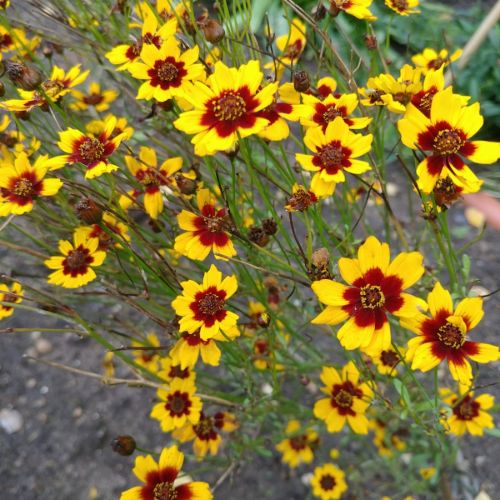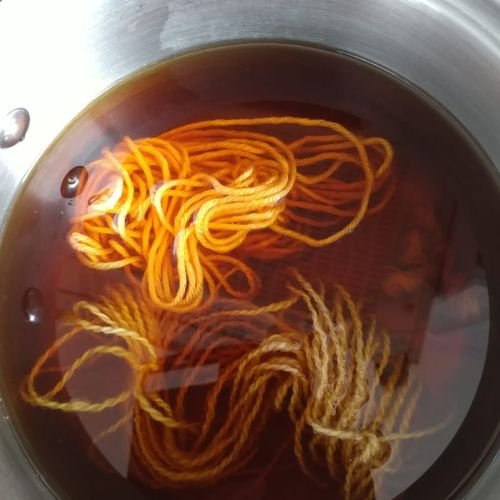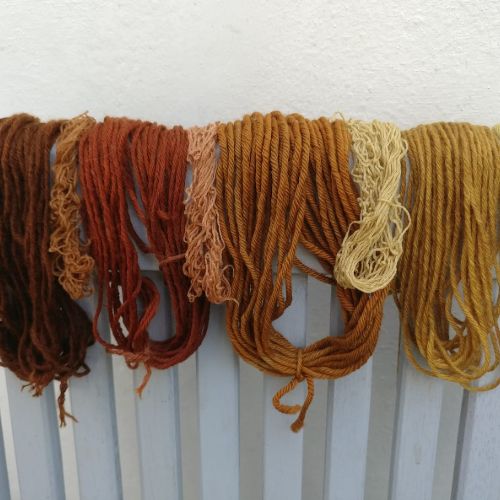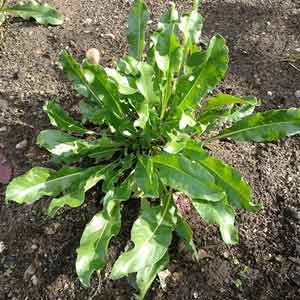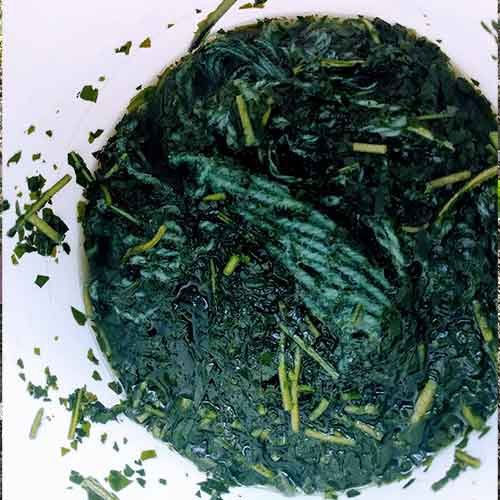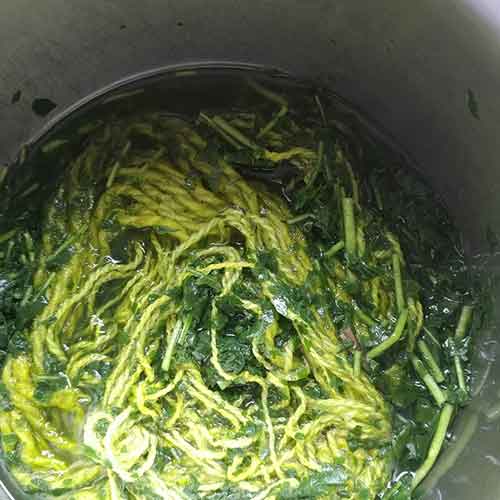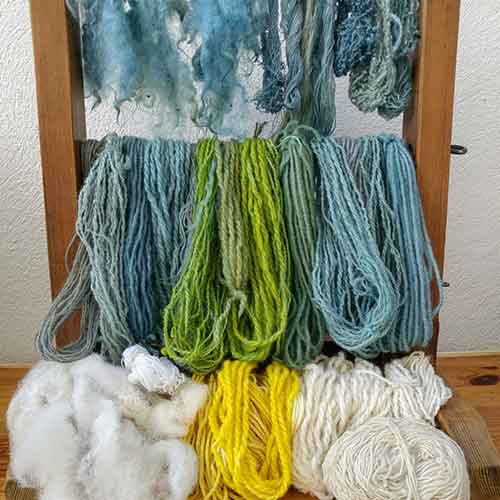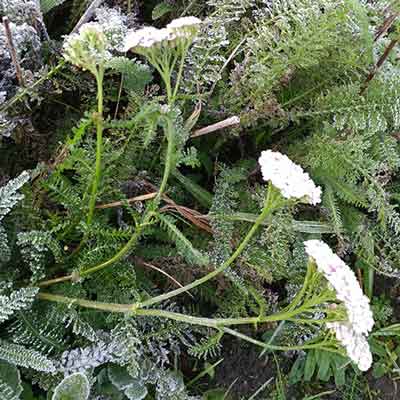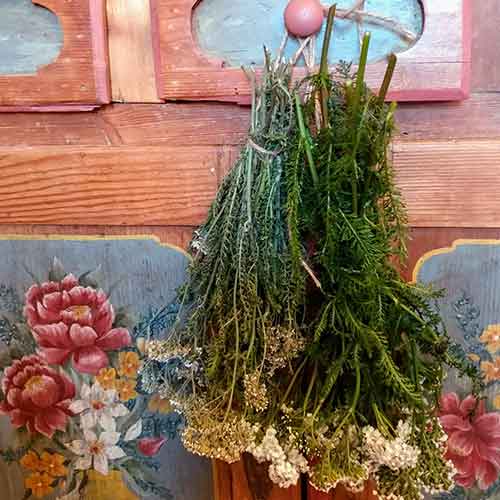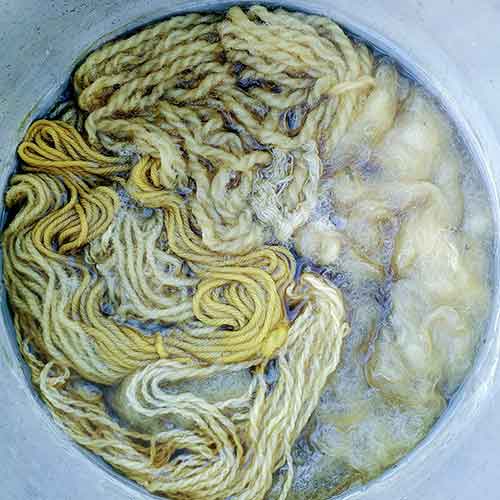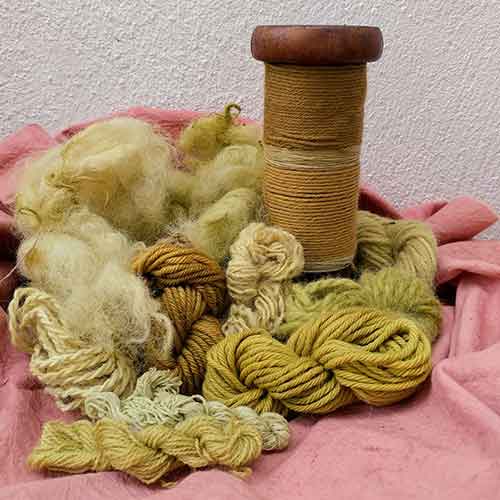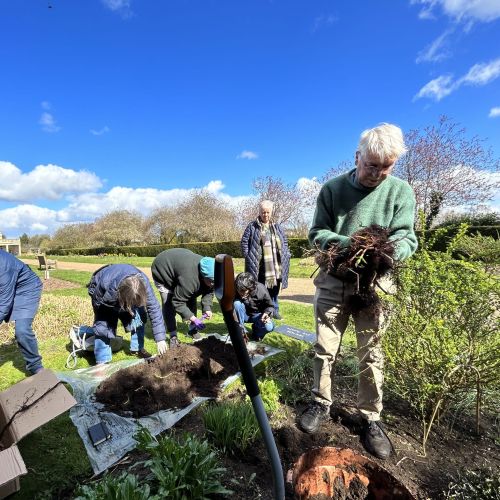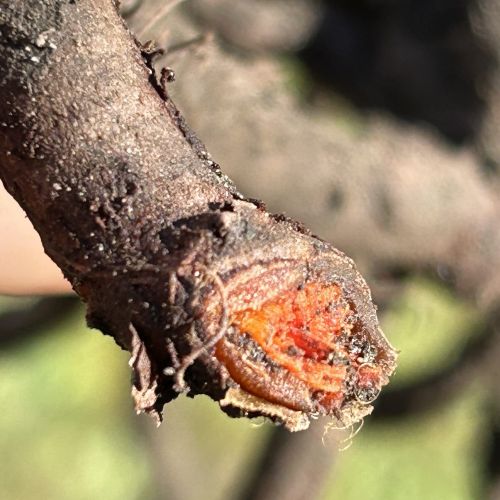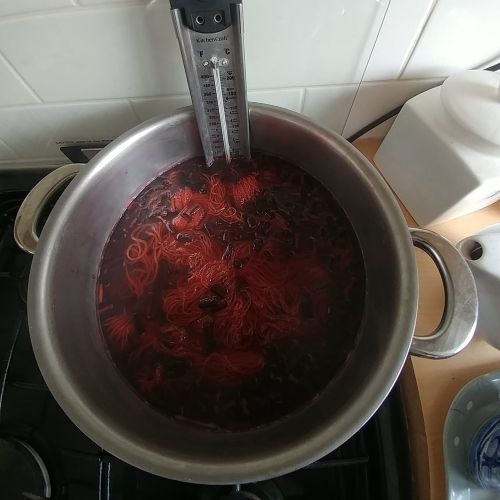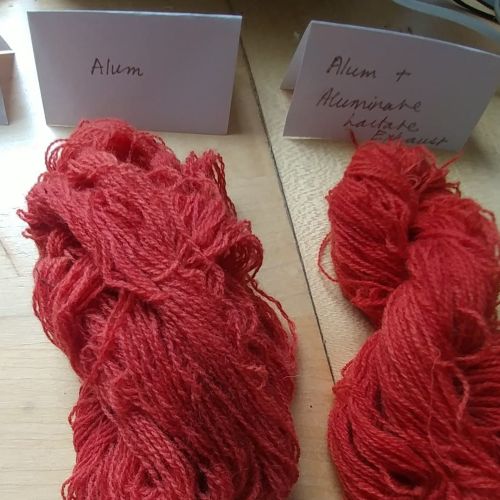
THE DYE PLANTS OF WATERLOO PARK
In recent years there has been a growing interest in reviving the art of natural dyeing from plants.
The raw materials are renewable and their waste products are biodegradable. It is exciting to learn how to produce a wide range of beautiful colours from tiny seeds and to share the joy that can be found in the natural world with others.
So in 2020 the Friends of Waterloo Park decided to grow dye plants in the last two beds of the southern border. It is a sunny site, protected by yew hedges and the chalky soil is perfect for growing the historical dye plants madder and weld. In the past, many people living in Norwich worked as dyers and weavers for textile manufacturing businesses bringing wealth and prosperity to the city. The dyer’s beds are a connection to our local history.
Nature’s Rainbow
We called the beds ‘Nature’s Rainbow’ because it is our intention to make the following colours of the rainbow from the plants listed below:
Red
- Madder Wild
- Madder Lady’s Bedstraw
- Dyer’s Woodruff Hedge Bedstraw
Orange
- Dyer’s Coreopsis
- Madder & Weld
- Marigold
Yellow
- Weld
- Golden Rod
- Dyer’s Greenweed
Green
- Woad & Weld
- Woad & Dyer’s Greenweed
- Common Yarrow
Blue
- Woad
Violet
- Woad & Madder
- Woad & Burgundy
- Hollyhock


It was always our intention to share our botanical colour explorations with others:
In 2020–2021, we welcomed visits from our local Guilds of Weavers, Spinners and Dyers
In 2021, 2022 & 2023, we again welcomed members of the Norwich City Guild of Weavers, Spinners and Dyers, this time on a collaborative basis. Displays, demonstrations and activities were provided to celebrate our Heritage Open Days.
In June 2023, we ran a free adult craft session using botanically dyed textiles to decorate and embellish tote bags and/or patches.
In June 2024, we were invited by Bluebell Model Allotment Garden Association to provide a ‘show and tell’ display of our botanical colour explorations.
In August 2024, we held an outdoor exhibition of botanically dyed fabrics and woven textiles, relating to a seasonal cycle of poems written by Dorothy Amery, as part of our pop up festival day called ‘We Love Nature’. In October 2024, we were delighted to be invited to share a smaller version of this exhibition at Grapes Hill Community Garden. This time entitled ‘Seasons Speak’.
Currently, we are sharing our botanical resources with Emma Skeet. Emma is leading a 12 month art project for AGE UK using art to nurture creativity and celebrate nature. Sessions take place in the Sandys-Winsch room on the 1st and 3rd Wednesdays of each month since September 2024. Emma Skeet: systaworkshops@gmail.com
DYER’S COREOPSIS
Dyer’s coreopsis is an annual. Plants grown from seed were planted out in mid June and began flowering in July.
We collected the flowering tops over the summer and dried them to making a range of yellow, orange and brown dyes.
The last plants were harvested in October and seeds have been saved for germinating new coreopsis plants for next year.
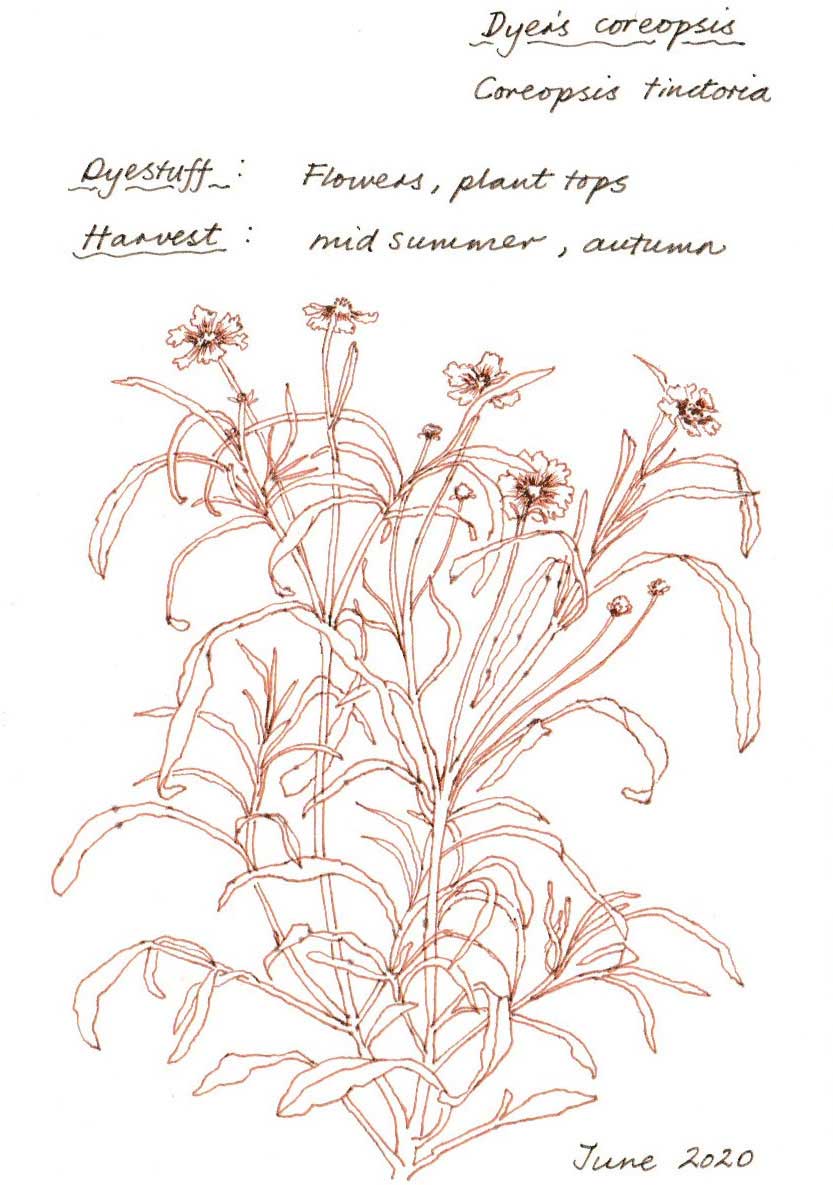
WOAD
Woad has been used for over 2,000 years to produce beautiful blue dye. It is believed that Boudicca and her Iceni tribe painted their faces with woad to prepare for battle.
Woad is a biennial plant. The plants in our dyer’s bed were grown from seed and in their first year have grown a rosette of leaves. During August and September we began collecting leaves as they reached approximately 15 cm in length.
They were immediately washed, weighed and stored in a freezer with the intention of trying out a recipe described by Jenny Dean: jennydean.co.uk
The results can be seen in the photos below.
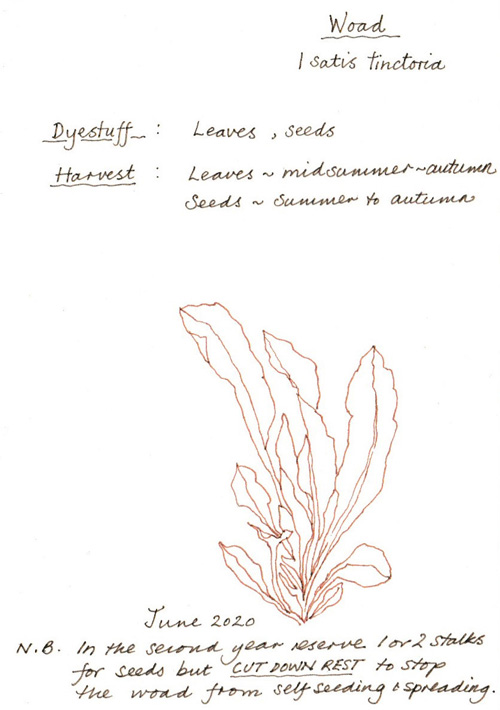
COMMON YARROW
Common yarrow is a perennial plant and its tops provide a useful source of making soft olive greens. Some plants have been transplanted to our dyer’s beds.
They can be harvested from spring through to autumn, dried and saved for the dye pot.
We were surprised and pleased by the range of greens that were produced from this wild herb.

MADDER
The madder plant has been prized from ancient times for the amazing red dyes hidden in its roots. It is known that material dyed with madder was found in the tomb of Tutankhamen.
Norwich has a street, named St John Maddermarket, where the dye was once sold. In medieval times it was grown locally but after the year 1750 was imported from France, Holland and Turkey.
Madder is a perennial plant. The madder plants in our dyer’s beds were grown from seed. In their first year they produced multiple leafy tops which were used in late autumn to produce a soft pink dye.
We harvested our first pot of madder roots in March 2023. They had been growing for three years, the optimum time for developing their colour potential.
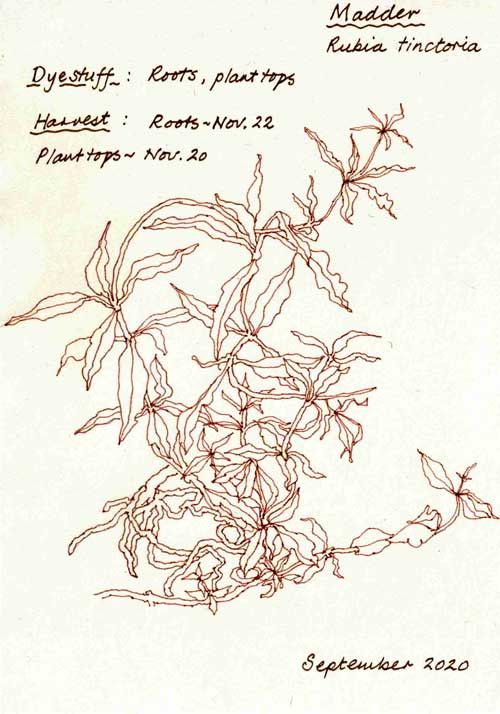
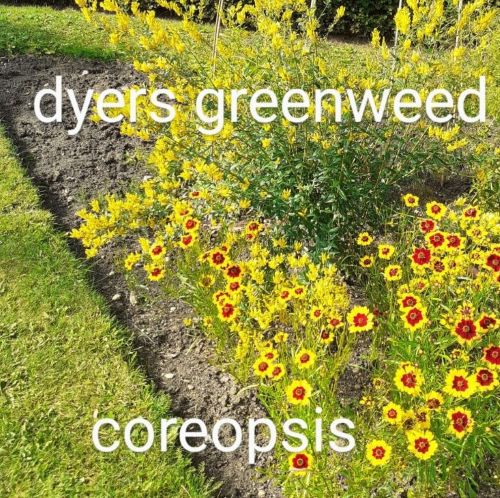
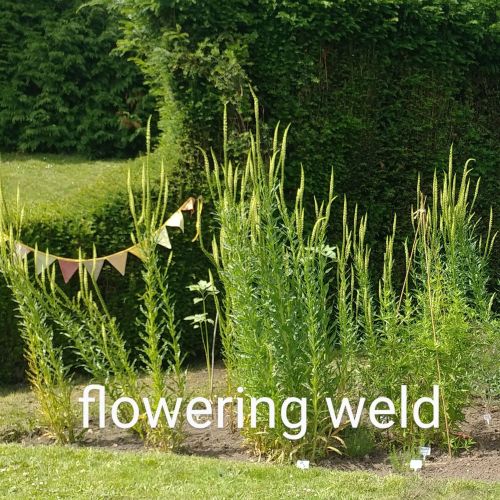
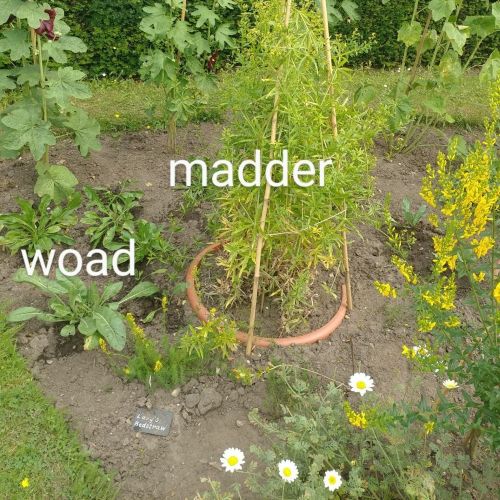
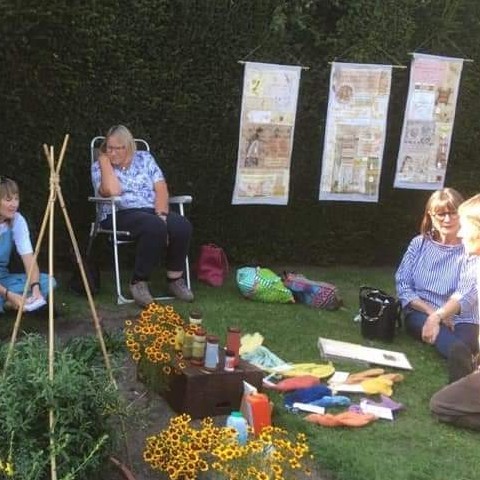
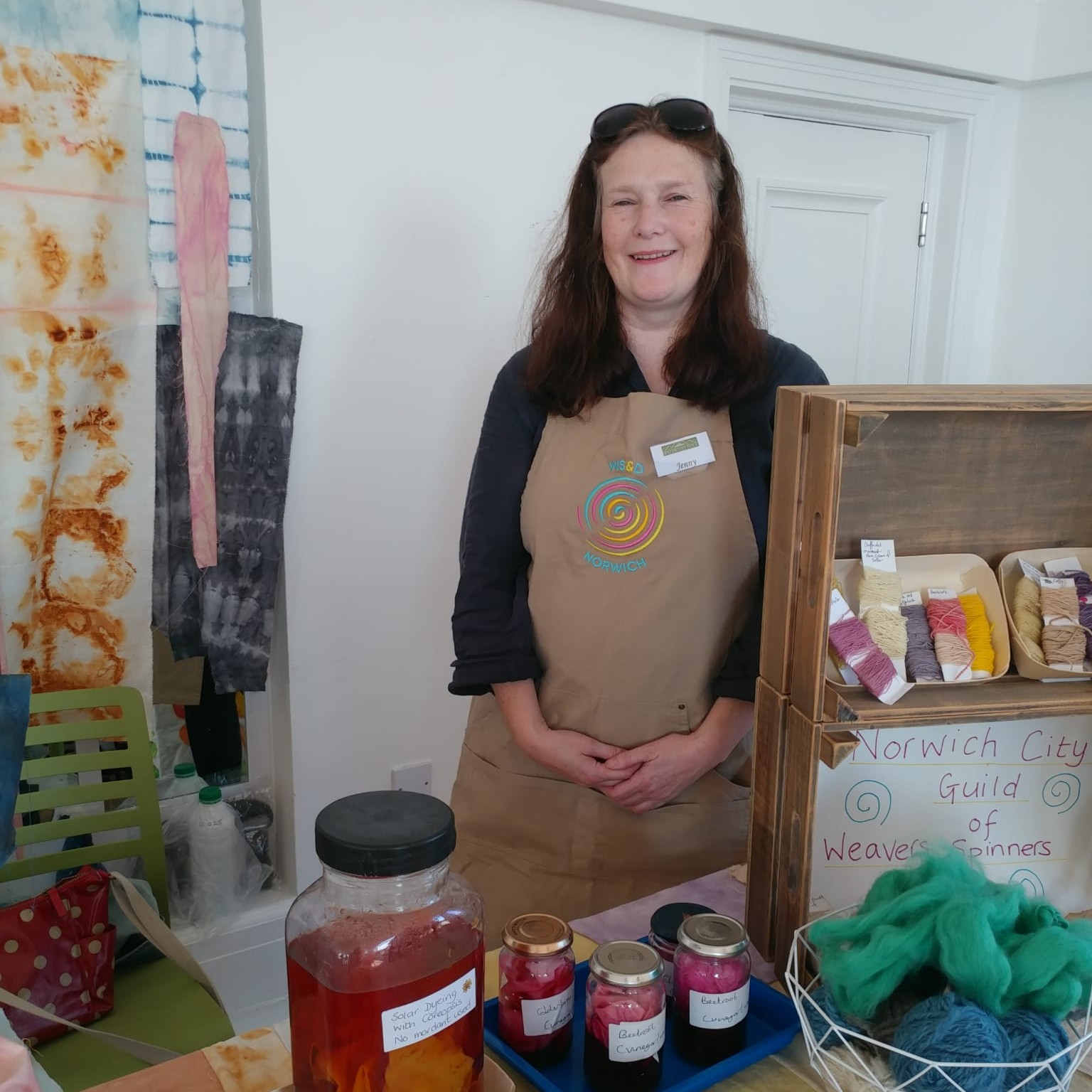
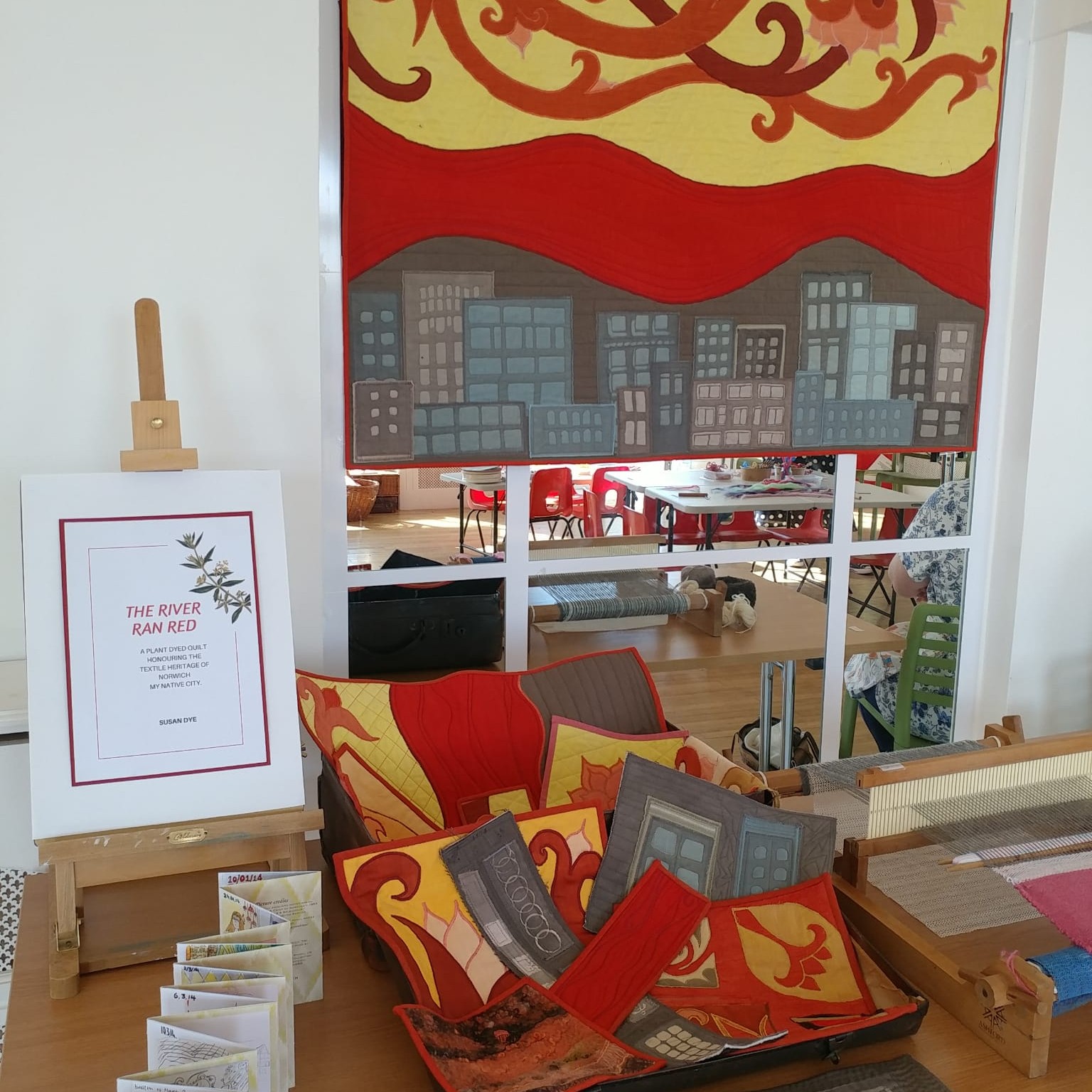
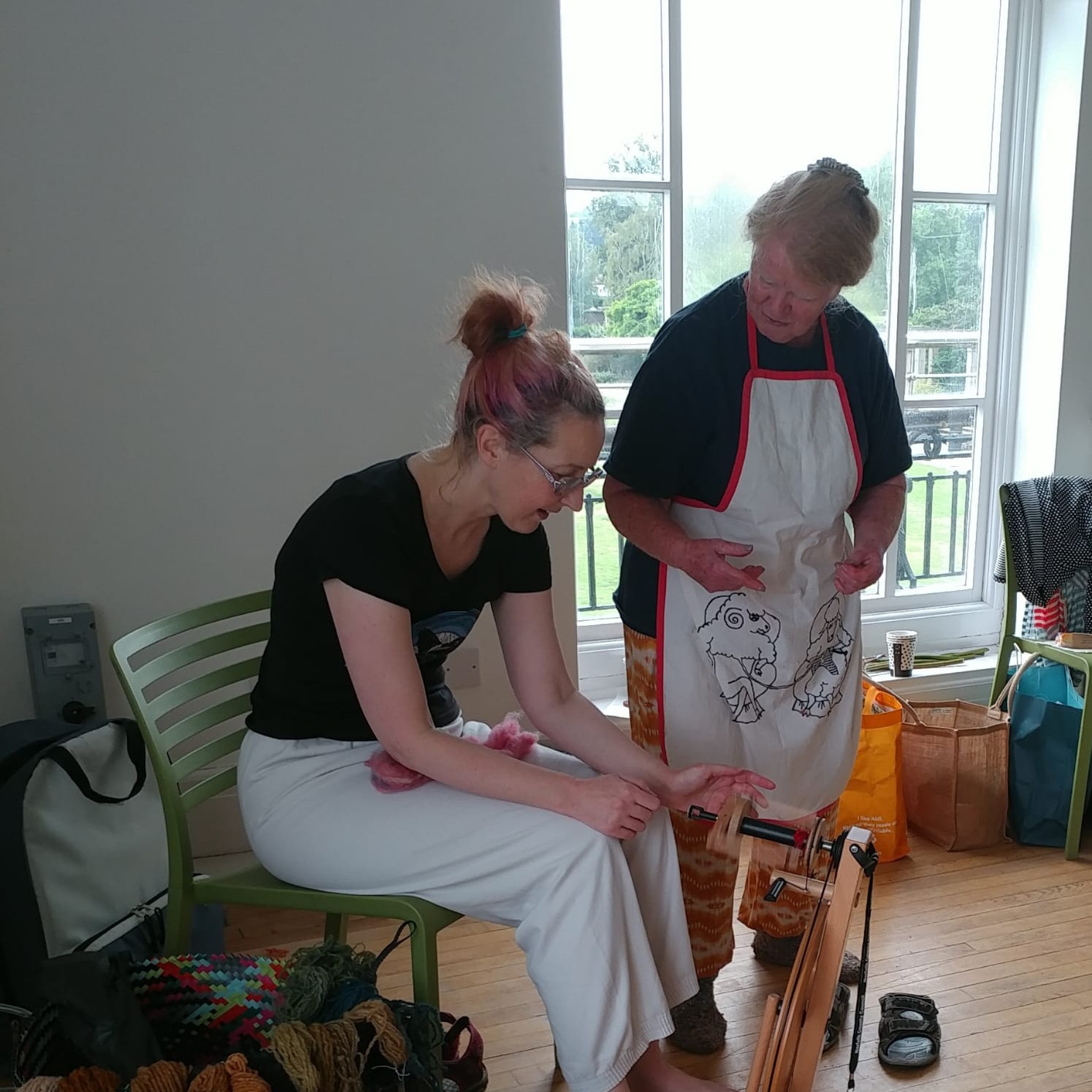
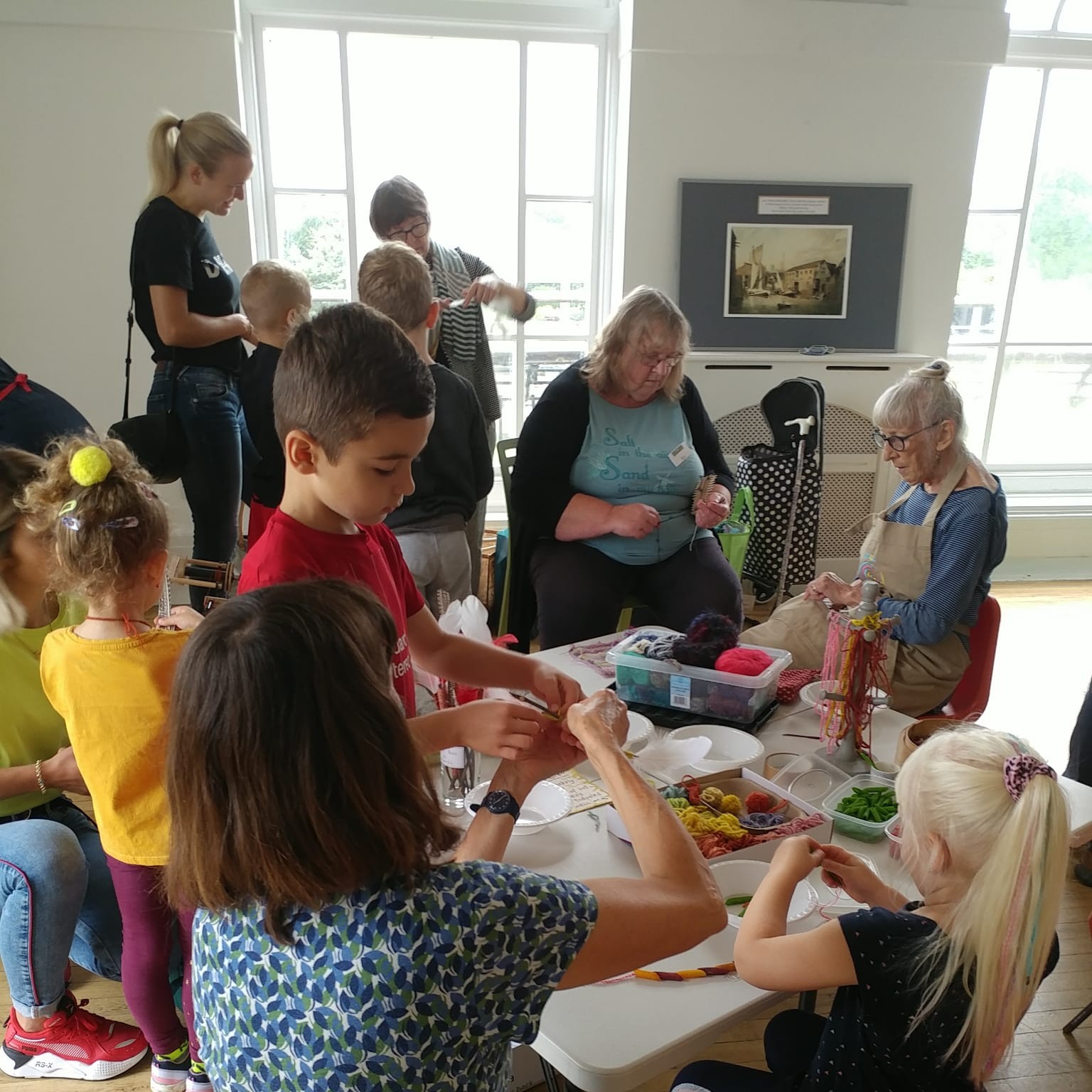


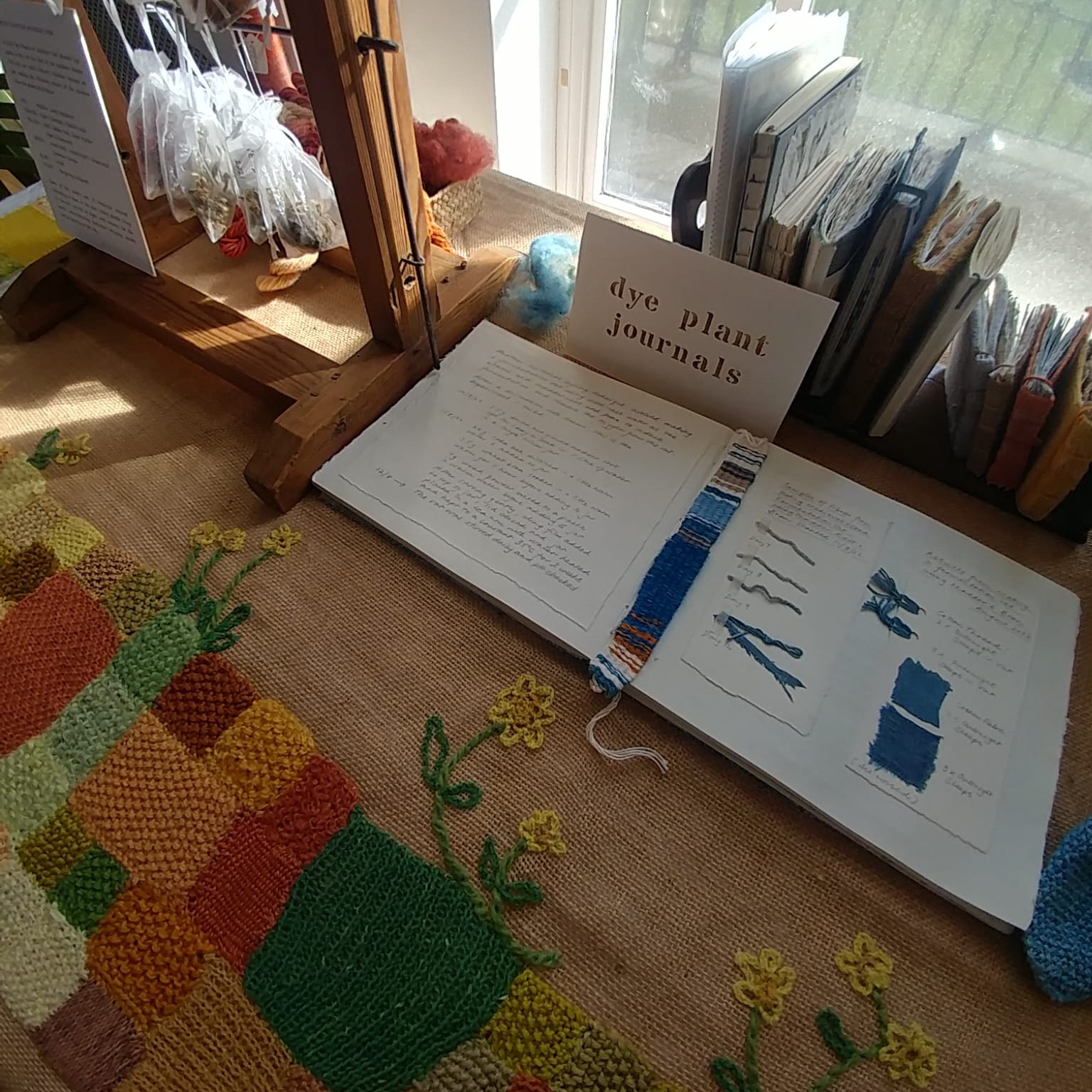
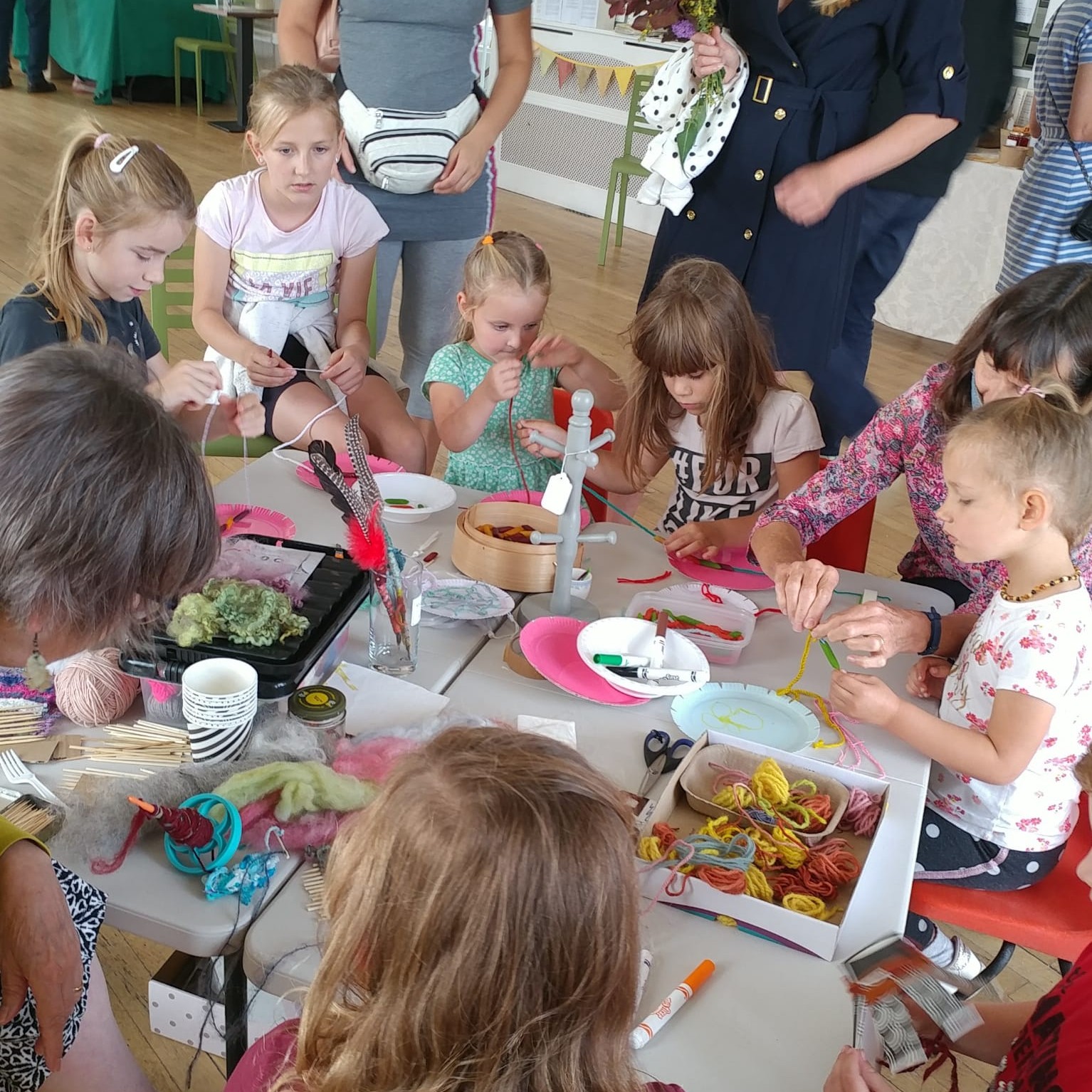
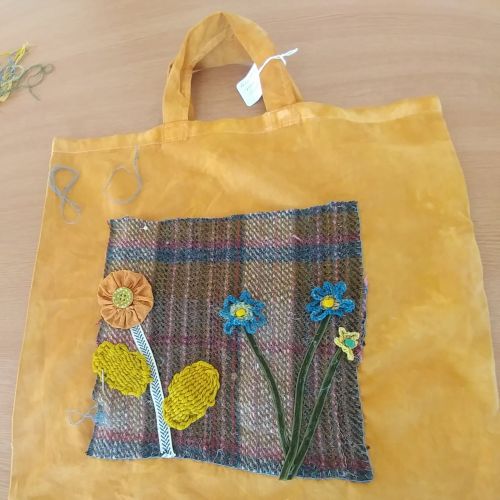

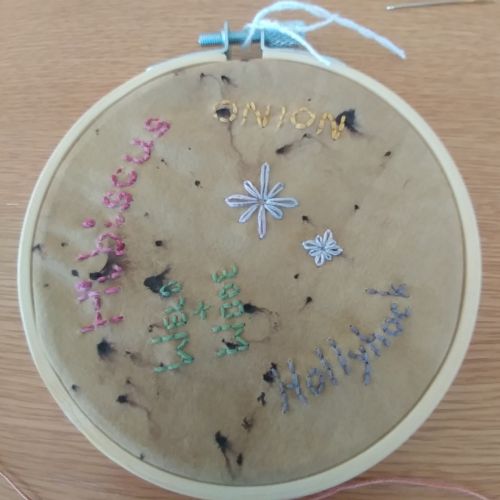
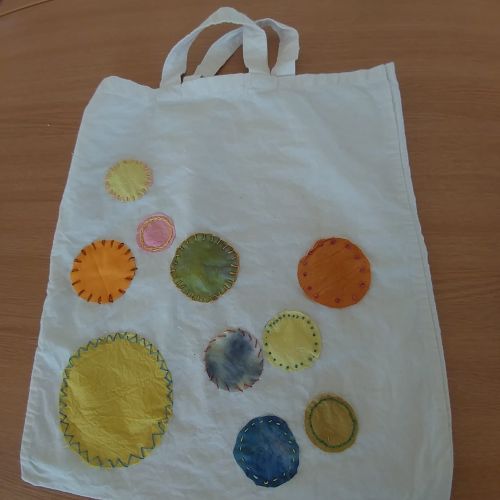

.jpg)
.jpg)
.jpg)
.jpg)
.jpg)
.jpg)
.jpg)
.jpg)
